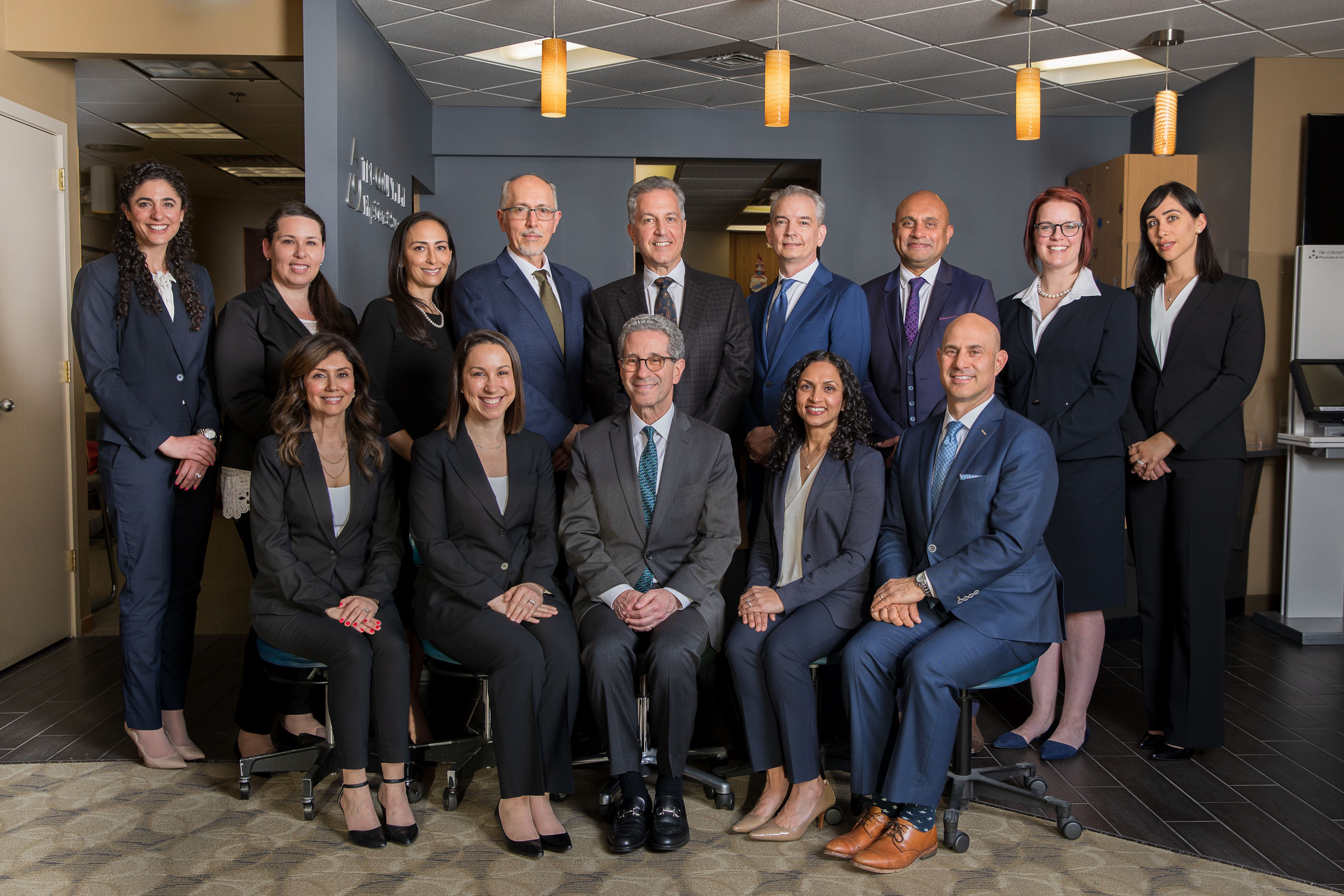Pediatric Eye Treatment at Andalusia Pediatrics: Caring for Youthful Eyes
Pediatric Eye Treatment at Andalusia Pediatrics: Caring for Youthful Eyes
Blog Article
Understanding the Different Vision Correction Procedures Available for Clearer View
In the realm of vision correction treatments, a wide range of alternatives exist to resolve refractive errors and offer individuals with more clear sight. From the extensively identified LASIK surgical procedure to less intrusive treatments like PRK and implantable lenses, the area of ophthalmology offers a variety of techniques customized to match various demands and preferences. Each treatment comes with its own collection of considerations, benefits, and possible dangers. Recognizing the subtleties of these vision modification approaches is critical for making notified decisions concerning one's aesthetic health. Allow's discover the details of these treatments and dropped light on the course to accomplishing boosted vision quality.
LASIK Surgical Treatment
LASIK surgical procedure is a typical refractive treatment used to remedy vision problems such as nearsightedness, farsightedness, and astigmatism. This surgical technique, which means Laser-Assisted sitting Keratomileusis, aims to improve the cornea to boost exactly how light is concentrated on the retina, eventually boosting vision clearness. During the procedure, a thin flap is created on the cornea, and a laser is used to get rid of precise amounts of tissue to reshape it appropriately. This improving allows for light to be precisely concentrated onto the retina, correcting refractive errors.
One of the main benefits of LASIK surgical procedure is the rapid renovation in vision experienced by individuals. Many individuals observe a significant improvement in their sight immediately after the procedure. Additionally, a lot of people report minimal pain and discomfort during the surgical treatment and recuperation period. The recuperation time for LASIK is fairly fast, with lots of individuals going back to their daily activities within a day or more post-operation. Overall, LASIK surgical procedure is a prominent option for people looking for a long-lasting service for their vision problems.
PRK Procedure

PRK is a suitable alternative for people with thin corneas or those at a higher risk of eye injuries, as it does not entail developing a corneal flap. The healing procedure for PRK is a little longer compared to LASIK, as the epithelium requires time to regenerate. Individuals may experience pain and blurry vision for a few days complying with the procedure.
Despite the longer recovery time, PRK can generate superb cause vision enhancement, making it a beneficial option for those who may not appropriate candidates for LASIK surgery. - Eye Doctors in Andalusia
Implantable Lenses
Unlike PRK where the cornea is improved straight, implantable lenses supply another technique for remedying vision by inserting man-made lenses inside the eye. This treatment is particularly beneficial for individuals with high levels of farsightedness, astigmatism, or nearsightedness who may not appropriate candidates for laser surgical treatments like LASIK or PRK.
Implantable lenses, also referred to as phakic intraocular lenses, job by supplementing the eye's all-natural lens with an artificial one. These lenses can be placed in front of the natural lens (former chamber) or behind the iris and before the all-natural lens (posterior chamber) By readjusting the power and positioning of these lenses, eye doctors can efficiently fix refractive mistakes and enhance visual skill.
One benefit of implantable lenses is that they are exchangeable and detachable, supplying adaptability for future adjustments. However, similar to any type of procedure, there are dangers entailed, such as infection or cataract formation. Patients taking into consideration implantable lenses ought to seek advice from with an eye care professional to identify the check over here most ideal alternative based on their private needs and eye health and wellness.
Corneal Rings

The treatment for inserting corneal rings is reasonably fast and minimally invasive, often done as an outpatient procedure. Throughout the surgery, the eye doctor makes a tiny incision in the cornea and inserts the rings at a particular deepness. As soon as in position, the rings help to improve the cornea, giving a smoother surface area for light to get in the eye, which can result in clearer vision.
Corneal rings are taken into consideration a relatively easy to fix procedure, as they can be gotten rid of or replaced if required. While they may not totally eliminate the demand for glasses or get in touch with lenses, corneal rings can substantially improve vision quality and overall aesthetic comfort for people with keratoconus or various other corneal irregularities.
Refractive Lens Exchange
Complying with the correction of corneal irregularities with procedures like corneal rings, another vision modification strategy that can address refractive mistakes is Refractive Lens Exchange (RLE) RLE is a additional reading procedure that includes replacing the eye's all-natural lens with an artificial intraocular lens (IOL) to correct refractive mistakes such as nearsightedness, farsightedness, and presbyopia. This treatment is particularly beneficial for individuals that might not appropriate candidates for treatments like LASIK or PRK because of variables such as thin corneas or high refractive mistakes.
Healing time for RLE is reasonably fast, and clients can expect improved vision soon after the treatment. As with any medical procedure, possible risks and difficulties exist, so an extensive assessment with an eye care expert is important to figure out if RLE is the ideal vision adjustment option.
Final Thought

In the world of vision modification procedures, a multitude of options exist to attend to refractive mistakes and offer people with clearer sight.LASIK surgical treatment is an usual refractive procedure utilized to remedy vision troubles such as farsightedness, nearsightedness, and astigmatism.While also a common refractive treatment, the PRK (Photorefractive Keratectomy) strategy varies from LASIK surgical procedure in its technique to fixing vision troubles.Complying with the correction of corneal abnormalities with treatments like corneal rings, another vision adjustment strategy that can deal with refractive mistakes is Refractive Lens Exchange (RLE) LASIK surgery, PRK treatment, implantable lenses, corneal rings, and refractive lens exchange are all alternatives that can attend to different vision problems.
Report this page